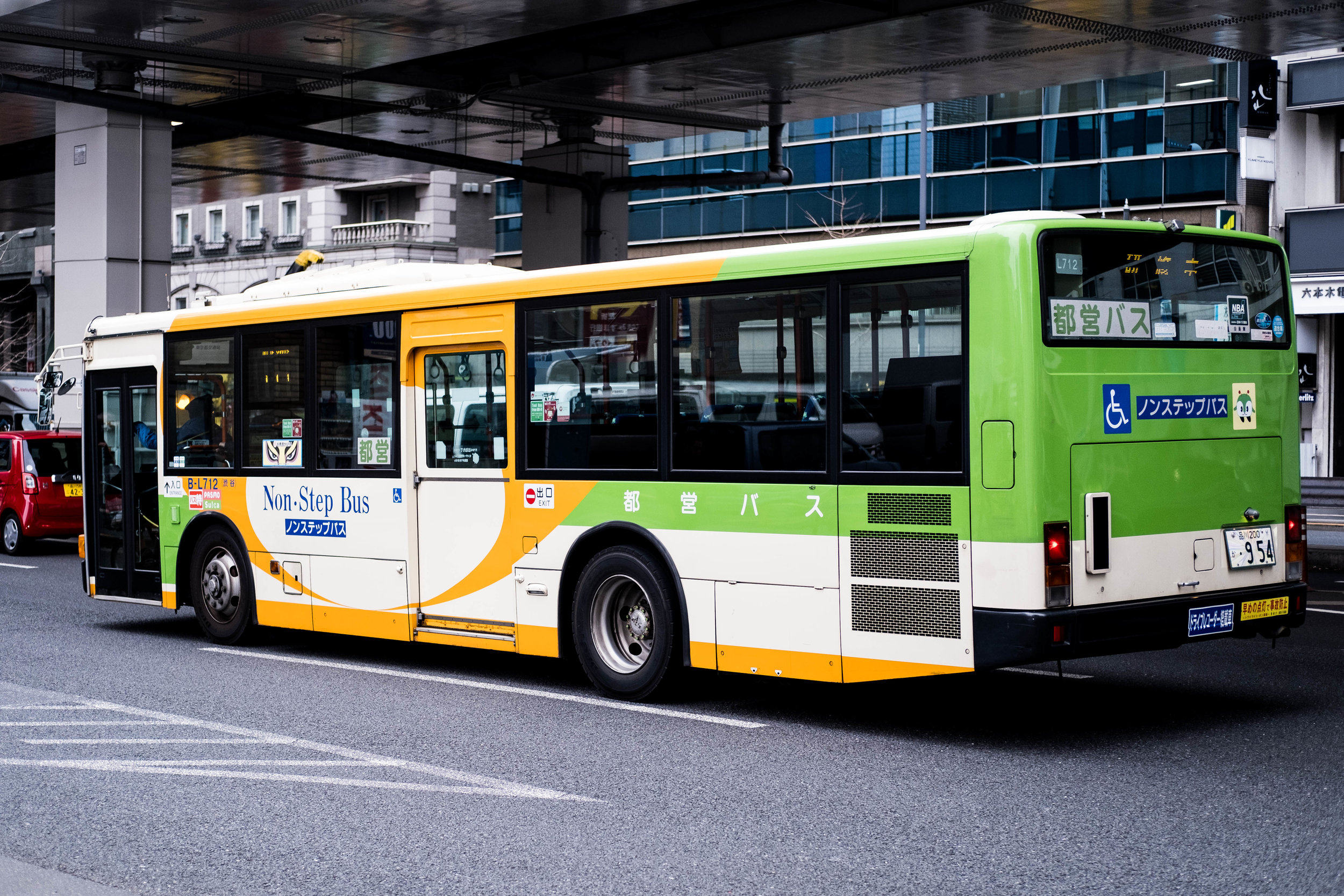The History of Public Transportation in Tokyo
Tokyo, the capital city of Japan, is known for its efficient and reliable public transportation system, which is used by millions of people every day. However, the history of public transportation in Tokyo has not always been smooth.
Before the Meiji Period (1868-1912), Tokyo was a small, feudal city with a population of less than one million. The main modes of transportation were horses, carts, and boats. In the 1870s, the first steam-powered trains were introduced, connecting Tokyo with the neighboring city of Yokohama. This marked the beginning of the modern public transportation system in Tokyo.
In the early 20th century, the population of Tokyo started to increase rapidly, and the demand for public transportation also grew. In the 1920s, the first subway line was built in Tokyo, called the Ginza Line. This was followed by the Marunouchi Line and the Hibiya Line in the 1930s. These early subway lines were mainly used by wealthy people, as the fares were expensive.
After World War II, the population of Tokyo exploded, reaching over 10 million in the 1950s. The city's public transportation system struggled to keep up with the demand. To address this problem, the Tokyo Metropolitan Government began building a network of elevated trains, called the "Yamanote Line," which circles the city. This line, which opened in 1964, became the backbone of Tokyo's public transportation system and is still in operation today.
In the 1970s and 1980s, Tokyo's public transportation system continued to expand, with the construction of new subway lines, buses, and trains. In the 1990s, the city introduced the "Suica" and "Pasmo" smart card systems, which allowed passengers to pay for rides on trains, buses, and subways using a rechargeable card. This system greatly improved the convenience and efficiency of public transportation in Tokyo.
Today, Tokyo's public transportation system is considered one of the best in the world. It includes 13 subway lines, numerous train lines, buses, trams, and even a monorail. The system is known for its punctuality, cleanliness, and safety, and it serves millions of passengers every day. Despite its success, however, the system still faces challenges, such as overcrowding and rising costs.
The history of public transportation in Tokyo has seen many ups and downs, but it has ultimately evolved into a world-class system that serves the city's residents and visitors.






